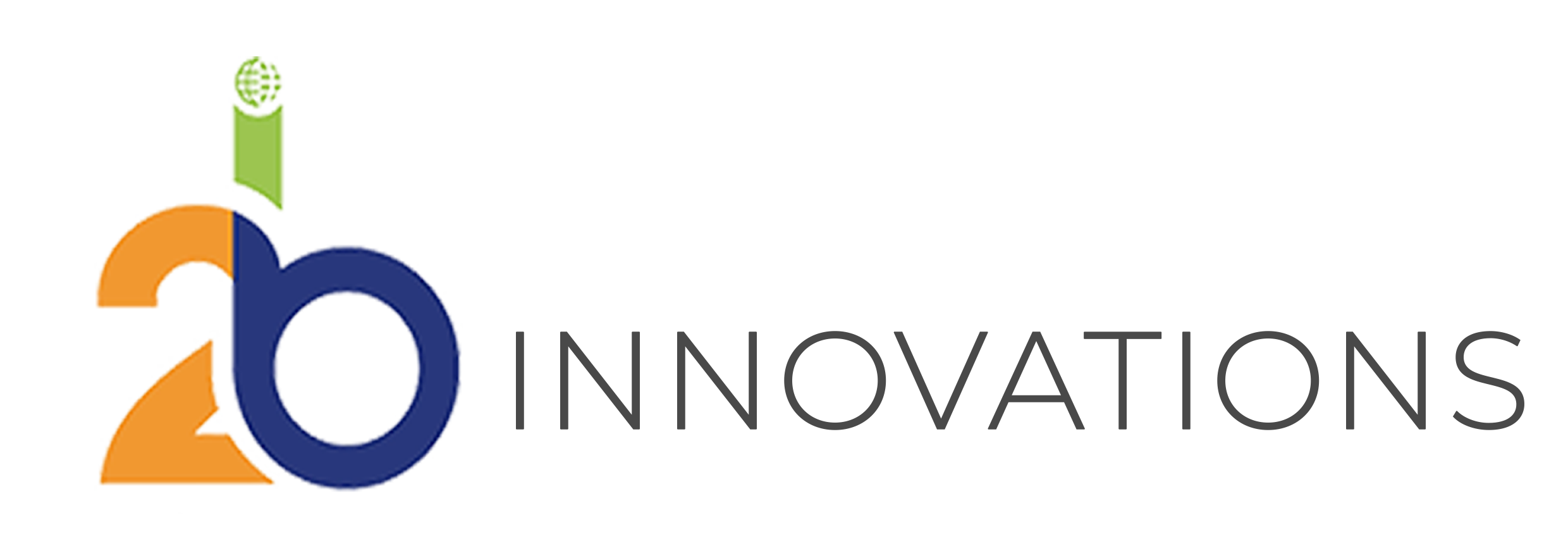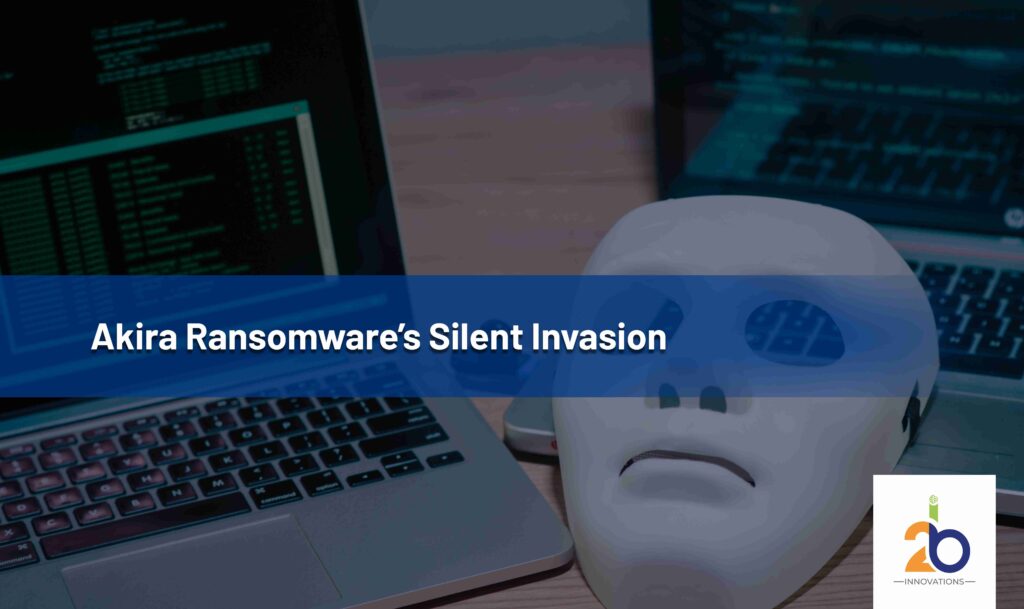Cybersecurity is vital in healthcare as it protects sensitive patient data from breaches, safeguards medical systems, and ensures uninterrupted care. With increased digitalization, healthcare organisations face unique challenges in protecting Electronic Health Records, E-prescriptions, and other sensitive information. Robust cybersecurity measures are crucial for all healthcare entities, including providers, insurers, and pharmaceutical companies, to ensure patient safety, regulatory compliance, and smooth operation.
Cybersecurity: A Crucial Collaboration in Healthcare
Cybersecurity in healthcare is no longer solely an IT responsibility. With evolving threats impacting patient safety, hospital C-suite executives and senior management must raise its importance. Integrating cybersecurity into existing governance, risk, and business continuity frameworks fosters a strategic approach to patient safety and organizational resilience.
Key stakeholders play vital roles:
- Patients: They need to understand secure communication methods, privacy policies, and how to protect their information during virtual interactions with healthcare providers.
- C-Suite: Appointing a Chief Information Security Officer (CISO) at the executive level demonstrates commitment and facilitates top-down support for the cybersecurity program.
- Workforce: Regular security awareness training helps staff recognize cyber threats, follow security protocols, and report suspicious activities. They act as the eyes and ears of the cybersecurity team, providing valuable insights into potential vulnerabilities.
- Vendors/Market Suppliers: Supply chain attacks, where attackers infiltrate a supplier to access their client’s system, present growing concerns. Careful vendor selection and robust security practices throughout the supply chain are crucial.
By fostering collaboration across all stakeholders, healthcare organizations can build a robust defense against cyber threats, ensure patient data security, and maintain the smooth delivery of critical healthcare services.
Healthcare Under Siege: Top Cyber Threats
The healthcare sector faces a unique and dire threat landscape. Malicious actors exploit various tactics to compromise sensitive patient data and disrupt critical healthcare services. Here are some of the most concerning issues:
- Ransomware: This malware not only encrypts data, demanding a ransom for decryption but also disrupts entire clinical systems. This can render critical equipment, like surgical instruments and life support, inoperable, potentially endangering lives.
- Phishing: Phishing emails, social media posts, and text messages lure unsuspecting individuals into clicking malicious links or opening attachments. These can infect computer systems with malware, potentially compromising the entire network and sensitive patient data.
- Network Vulnerability Attacks: Exploiting vulnerabilities in wired and wireless networks, attackers can employ techniques like ARP cache poisoning and HTTPS spoofing to gain unauthorized access to patient data flowing through these networks, the lifeblood of healthcare facilities.
- Man-in-the-Middle (MITM) Attacks: These attacks see cybercriminals intercept ongoing communication between two parties, allowing them to eavesdrop on sensitive information exchanged during data transfers or discussions. This can lead to significant financial losses and regulatory fines due to confidentiality breaches.
- Data Breaches: Compared to other sectors, the healthcare industry experiences a disproportionately high number of data breaches. While frameworks like HIPAA aim to limit these occurrences, existing cybersecurity gaps provide attackers with entry points, putting sensitive medical data at risk.
Prioritizing Cyber Threat Prevention in Healthcare
Cyber threats are a constant and evolving threat in healthcare, prompting the need for effective prevention strategies. Here’s a breakdown of key steps:
- Engage Stakeholders: Move beyond solely relying on IT teams. Involve stakeholders from diverse backgrounds, including senior management, to leverage their varied perspectives and expertise in prioritizing threat remediation.
- Identify Threats:
- Categorize threats: Classify threats based on the functions they target (e.g., data breaches, operational disruptions).
- Identify scenarios: Define typical situations where each threat category might occur (e.g., phishing attacks targeting staff).
- Pinpoint specific vulnerabilities: Within each scenario, identify specific weaknesses that attackers could exploit (e.g., outdated software on a medical device).
- Define Risk Tolerance Levels:
Set financial limits: Establish acceptable and unacceptable levels of financial risk based on your organization’s risk tolerance and capacity to absorb losses.
- Measure Financial Impact:
Develop a scale to quantify the potential financial cost associated with each identified threat event. This helps senior management understand the economic implications of cybersecurity vulnerabilities and make informed decisions.
- Assess Probability: Create a scale to estimate the likelihood of each threat event occurring within a specific timeframe. Ensure consistency between the probability and financial impact scales for accurate risk assessment.
- Determine Threat Severity:
Multiply the financial impact score by the probability score to determine the overall severity level of each threat event. This helps prioritize which threats require the most immediate attention.
- Monitor Threat Proximity:
Recognize that threat likelihood and impact can change over time. Monitor “threat proximity,” which considers the evolving relationship between a threat’s likelihood and its timing.
Challenges of Healthcare Cybersecurity:
- Diverse attack landscape: Healthcare faces general cybersecurity concerns and industry-specific challenges.
- Data protection: Protecting patient and staff privacy is paramount.
- Intellectual property: Safeguarding valuable intellectual property requires robust security measures.
- Connected medical devices: The increasing number of internet-connected medical devices introduces new vulnerabilities.
- Device dependence: Critical patient care often relies on connected devices, making them high-value targets for attackers.
- Device updates: Timely updates are crucial for maintaining device functionality and security.
Dive Deeper: Uncover the Full Scope of Cybersecurity Challenges
Click below to access the comprehensive guide and explore the intricacies of cybersecurity challenges.
Priorities and Challenges Amid Growing Connectivity in Global Healthcare Cybersecurity
Example: 2019 Campbell County Health Cyberattack:
This real-world incident highlights the potential consequences of cyberattacks in healthcare. The attack compromised medical equipment and patient data, forcing the hospital to cancel services and disrupt operations.
Conclusion: While cyber threats in healthcare are a constantly evolving challenge, continuous improvement in cybersecurity defenses is possible. 2B Innovations can empower your healthcare organization to avoid these threats. We offer comprehensive cybersecurity solutions, including:
- Security assessments and vulnerability testing to identify and address weaknesses in your systems.
- You managed Detection and Response (MDR) services to monitor your network for suspicious activity and respond to threats in real-time.
- Staff training and awareness programs to educate your employees about cybersecurity best practices and how to identify and report suspicious activity.
By partnering with 2B Innovations, you can gain the expertise and resources needed to protect your patients’ sensitive data, ensure operational continuity, and prioritize patient safety in the face of evolving cyber threats. Contact 2B Innovations today to discuss your cybersecurity needs and learn how we can help you build a stronger defense.



